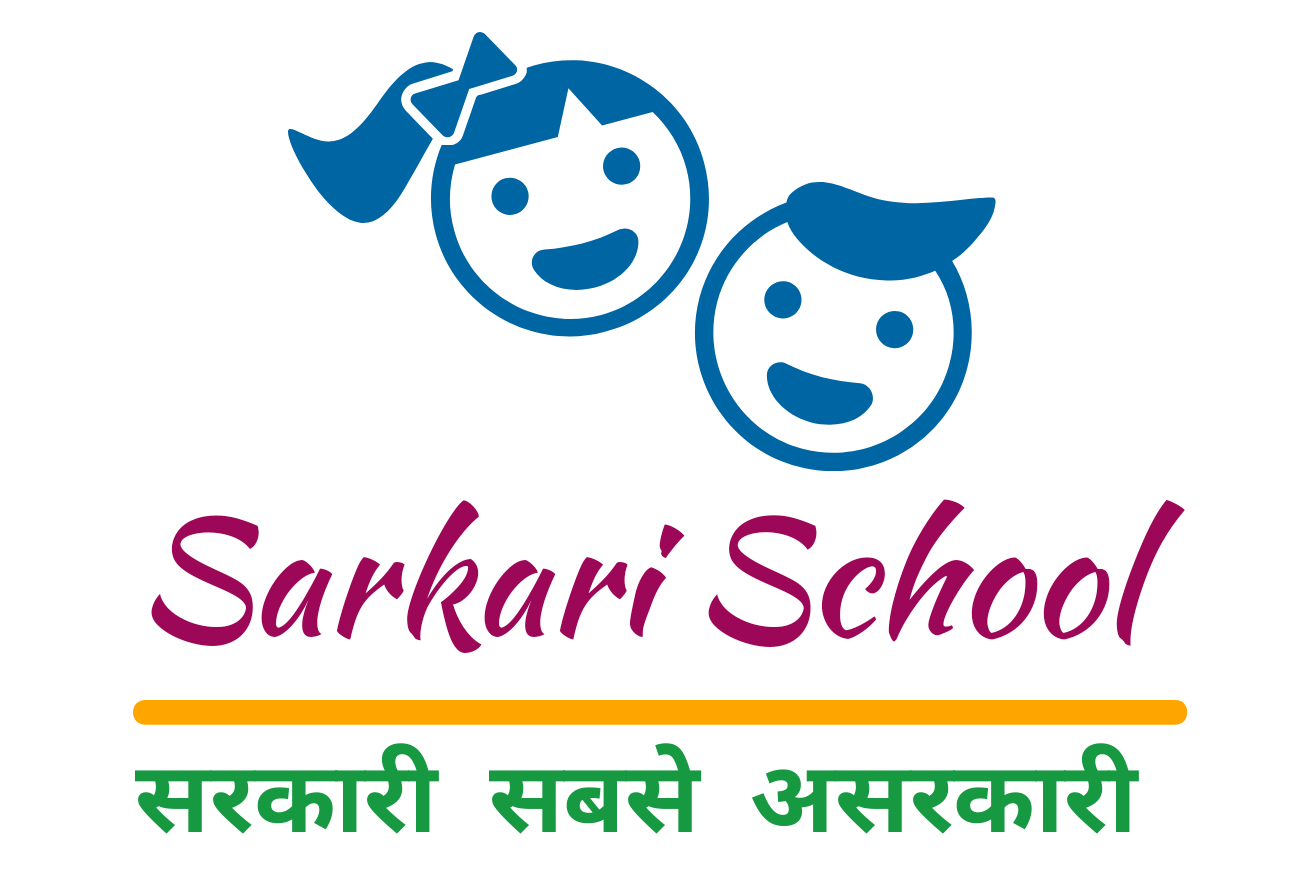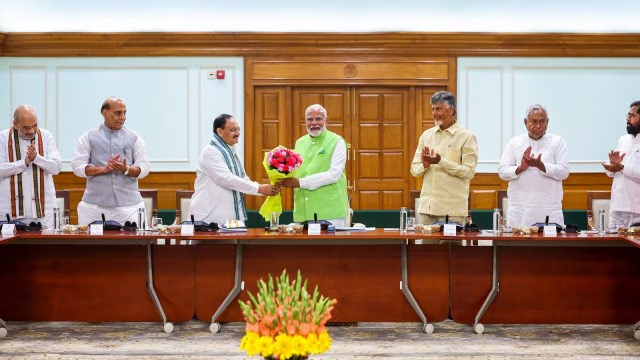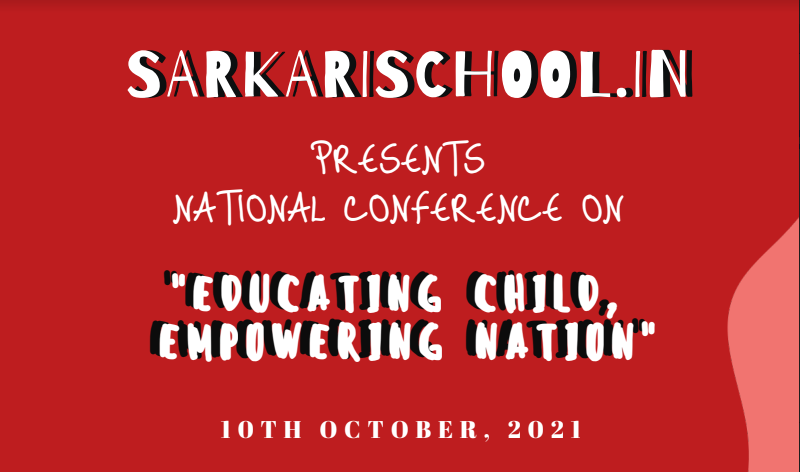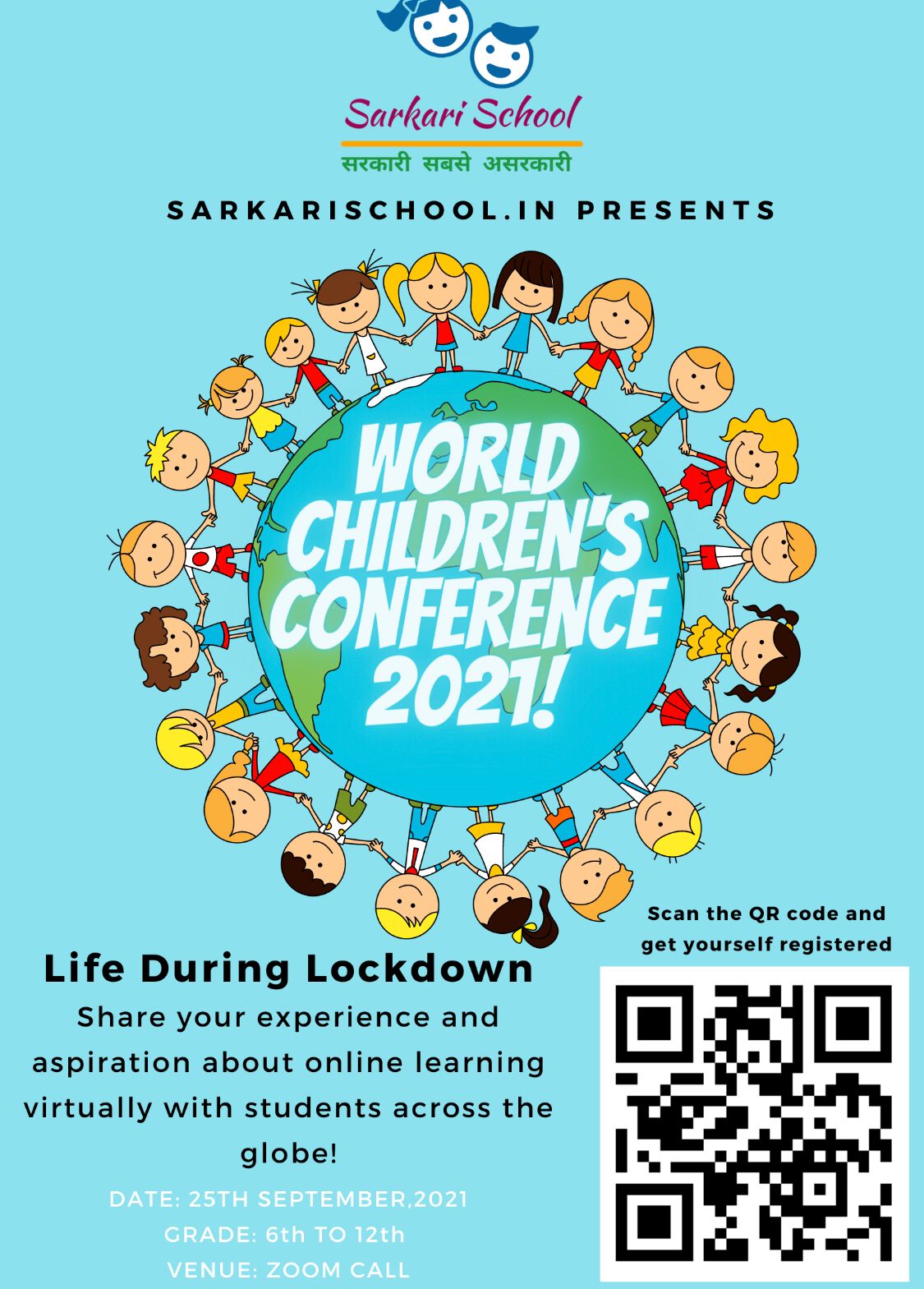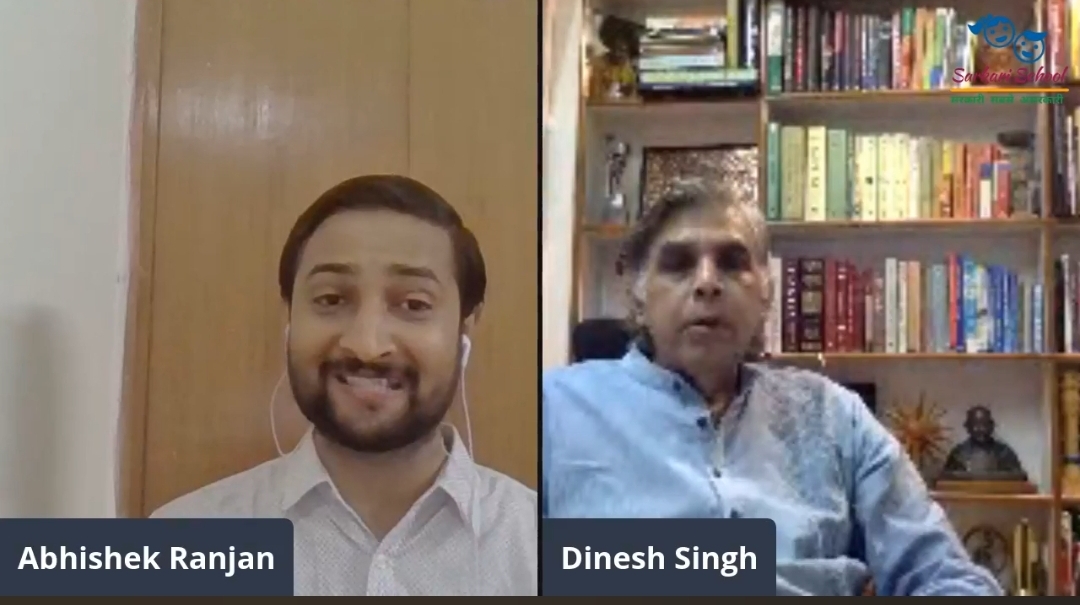By addressing the mental health needs of school students, we can promote their overall well-being, academic success, and future prosperity.
It is the duty of the government to ensure that the rights of children are protected, and it is also the responsibility of parents, schools, and legal guardians to protect the rights of children.
The National Democratic Alliance's ambitious agenda for education, guided by the principles of the National Education Policy 2020, has the potential to significantly improve India's education sector.
Samagra Shiksha Abhiyan represents a significant evolution in India's approach to education, building on the foundation laid by Sarva Shiksha Abhiyan (SSA) and addressing the gaps that persist.
The Mid-Day Meal Scheme has been a transformative initiative in India, significantly enhancing the educational and nutritional landscape for millions of children. By addressing classroom hunger, it has boosted school enrolment, attendance, and retention rates while promoting equity and social inclusion.
The NEP 2020 is one of the few legislations in India that aims at equity and inclusivity between genders. These reforms truly set the New Education Policy apart from its former versions and other education policies in the country.
Do you love writing research articles?Do you wish to see a positive transformation in school education? If yes, SarkariSchool.in invites research articles on different themes of National Education Policy. Do register now and get a chance to share your thoughts during National Conference as a speaker. The top 3 research articles will receive prizes...
Team Sahyog of Sarkari School and Indian School Students invites you to be a part of the World Children Conference 2021: Life During Lockdown being held on 25-26th September 2021. Eligibility: Students from grade 6th to 12th ( Senior Year) The World Children’s conference is an enriching and comprehensive platform for students from all...
Speak up about your dreams of prosperous government schools and it's bright students. With only 27 years to turn 100 for country's independence, bring on your thoughts and share it with the world!!
An enlightening and enriching interaction held on August 6, 2020, between Padma Shree Prof. Dinesh Singh Ji, Educationist, Chancellor, K R Mangalam University, Former Vice-Chancellor, University of Delhi and Mr Abhishek Ranjan. The talk revolved around the concern for the needs and opportunities in the field of education for the rural schools. A mathematician...
